The Growth Characteristics of Paulownia
Growth rate, root distribution, branching habit, crown shape and trunk development of Paulownia are different from other species of trees.
Growth Rate
Rapid growth is a notable feature of Paulownia. Some fine varieties could grow into useful timber in five or six years under good management, which is incomparable by other species of trees.
However, this characteristic of rapid growth is restricted by varieties of Paulownia, site conditions and tending management measures. There are obvious differences among growth rates of different Paulownia varieties under different site conditions with various tending management measures.
Root Distribution
Paulownia is a kind of deep-root trees with developed lateral roots, suitable for growing in deep soil areas. Development and distribution of Paulownia root are closely related to soil fertility and water content, which are greatly influenced by soil properties, soil nutrients and groundwater level.
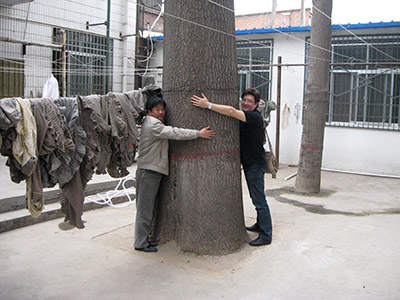
Branching Habit
There is a regular pattern for branches of woody plants. They all have a leader branch and lateral branches. Different plants present different branch patterns. Such as pine, its leader branch always maintains the prevailing growth state while lateral branches germinate around the leader branch whose growth state will be less vigorous than the leader branch all the time. Hence, a tall and straight leader branch could be formed for pine.
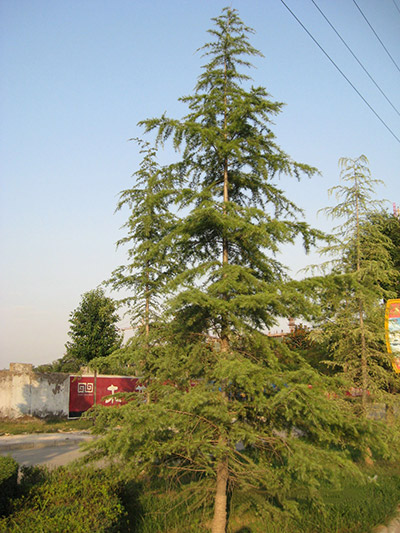
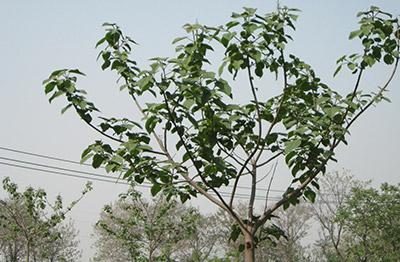
Paulownia is different. Especially for wild-type or semi-wild-type, their branches bear a distinctive feature, i.e. there is no obvious difference between the leader branch and lateral branch on their growth preponderance. From the appearance point of view, it seems that the leader branch and lateral branch are all forked. When the tree crown came into being, there is not a obvious leader branch inside.
Crown Shape
Growth conditions of tree crowns are significantly different from each other for different types of Paulownia, which will also greatly impact the growth of trunk. For different varieties of Paulownia, growth-development patterns of the tree crown are also different. There are two categories of tree crowns for different varieties of Paulownia: one is called the narrow crown Paulownia with smaller width of crown, including the narrow crown Paulownia and middle crown Paulownia; the other is called wide crown Paulownia with bigger width of crown. In general, the crown width of narrow crown Paulownia is 40% smaller than the wide crown Paulownia.
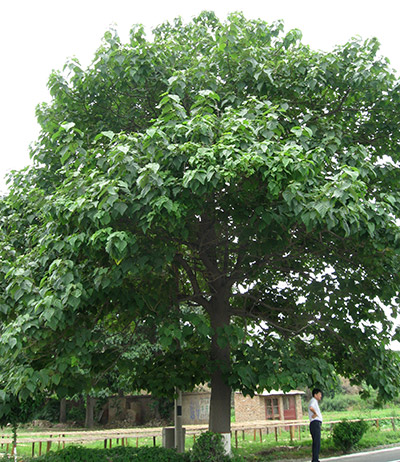
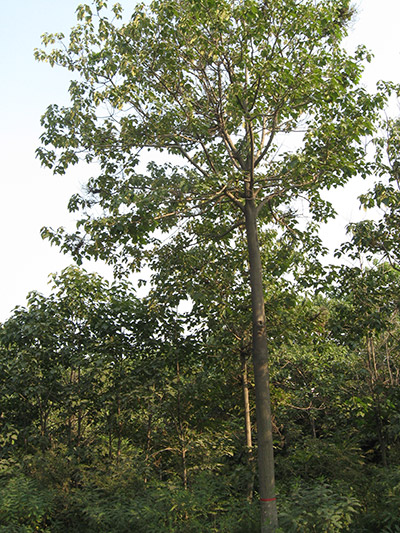
In the proposal of plantation density for Paulownia, plantation density of the narrow crown Paulownia shall be designed at a higher level while the plantation density of wide crown Paulownia shall be at a lower level.
Trunk Development
There are three types of trunk development for Paulownia, i.e. continuous graft type (In 3 – 5 years of growing, the leader branch grew every year.), intermittent graft type (When Paulownia growing for 3 – 5 years, the leader branch grew for only one year.), and the non-graft type (In the whole growth process, there is no growth for the leader branch). Most of continuous graft type Paulownia is the artificial crossing Paulownia variety. Paulownia of intermittent graft type or non-graft type is mostly the wild-type or semi-wide-type variety.
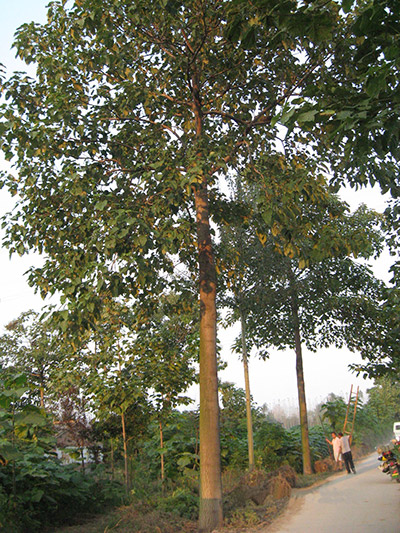
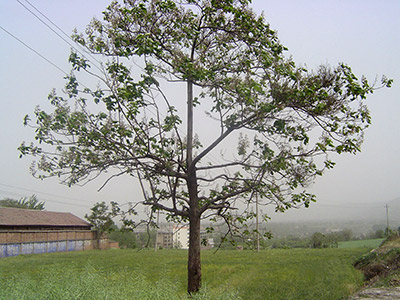
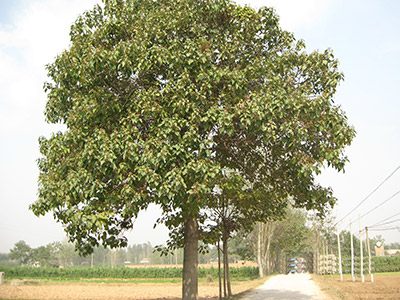
The speed of height growth, width growth and timber volume growth, sooner arrival or later arrival of the fast-growing period and its duration, depend on species of Paulownia, site conditions for growth and levels of management and operation.
